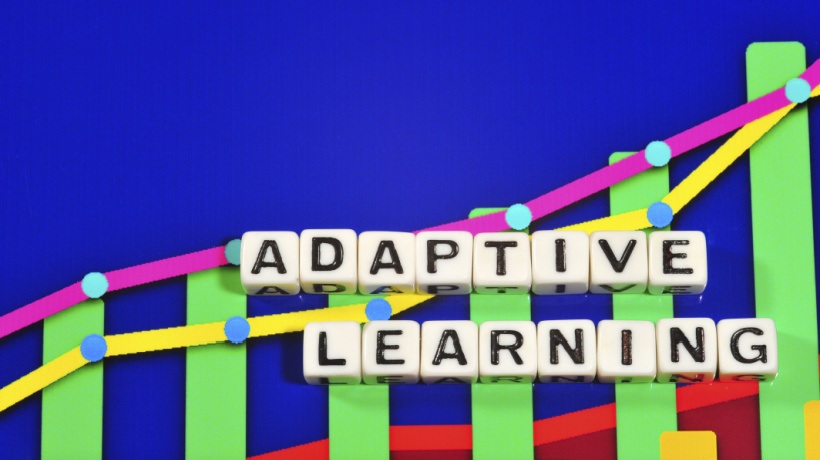Discussing Adaptive And Seamless Learning Today
Remember when you had to sit in a classroom with other people? It seems such a long time ago. The trainer would begin instructing standardized content – you know, content that is the same for everyone. Experienced trainers attempted to address each person’s needs but their effort was limited.
Times have significantly changed. New and innovative technologies and methodologies are continually improving the role and task of corporate training. These technologies are allowing you to develop solutions to seamlessly adapt and address the individual learner's needs. Simply, an adaptive and seamless approach to learning offers learning practitioners opportunities to contribute to changing business and workforce requirements.
But what exactly does "adaptive and seamless learning" mean? And what do you need to incorporate it into your learning initiatives?
Adapting To Reality
Let’s begin with adaptive learning. Imagine you could give people a unique learning experience that changes over their personal or professional growth. Consider your course adapting in real-time to an employee's work activity and continually adjusting to meet performance expectations and interest level. In short, that’s adaptive learning.
Making learning adaptive is now possible because of the availability of various technologies. I’m sure you’ve heard of some like gamification, microlearning, Augmented and Virtual Reality, and – playing a growing role –Artificial Intelligence. All of these technologies are only expected to play significant roles in learning and through eLearning tools.
For many practitioners, adaptive learning is something new. But out of necessity, it has been around for some time. For example, would you board a flight knowing the crew didn’t have the necessary flight training hours? I know I wouldn’t. Pilots are regularly placed in flight simulators, an eLearning technology, throughout their careers to develop their flight skills for any situation. The simulator tracks their learning and adapts to the pilots' needs over time.
Developing an adaptive learning mindset requires asking questions like, "How do I offer an employee the appropriate learning programs within the right context?" or "How do I identify and provide tools in a timely fashion to support an employee’s development?". To do this, it's about offering individualized learning programs and tailoring to each employee need, spanning positions, career paths, and experience level.
Seamless Is The New Invisible
Next is delivering seamless learning. Basically, the intent is to encourage people to take advantage of learning resources anywhere they exist at any time. Learning should engage people, so they lose awareness of when the learning is taking place. Essentially, this was the eLearning’s original purpose but somehow, it wound up only reduced training costs, not necessarily reducing lost productivity.
Granted, your business leaders recognize deliberate learning requires some workflow interruptions. But you should strive to minimize interruptions as much as possible. Being seamless requires a learning approach that capitalizes on existing processes and resources.
For example, I know an organization handling nuclear items. They can’t afford to have employees leave their jobs for any given amount of time. These roles require a depth of experience and real-time access to knowledge. Their L&D team leverages a variety of technologies allowing employees to receive immediate guidance when handling dangerous material. This has become invisible to employees, and they now expect to have the knowledge available on demand.
eLearning technologies are now designed to adapt to the job and employee learning expectations. And much of the technology can deliver learning as the need arises without thought. It’s your responsibility to appropriately evaluate, select, and apply eLearning technology to drive better personal and organizational performance. In this competitive landscape, the differentiator will be how well you adapt to employees' learning needs and ensure it takes place when needed.
If what I've said intrigues you, please, contact me. I'd enjoy hearing about your efforts and who knows? It may be the topic of my next eLearning Industry article.
For more, please visit my recent LinkedIn Learning (Lynda.com) eLearning courses "Gaining Internal Buy-in For eLearning", "Increasing Engagement with eLearning Programs", "Foundations of Corporate Learning" and "Train-the-Trainer" courses designed for both recent and seasoned trainers.
When it comes to what leaders expect, don’t always believe what you hear. Recognize how leaders perceive the role of training within the organization and what they expect. They know training is essential, but it’s up to you to prove them right. This is your time to shine. #alwaysbelearning









